Hokkaido, one of Japan’s foremost rice-producing regions, has channeled its extensive agricultural expertise into developing what it aimed to be “the most delicious rice in Japan.” The result of this ambitious endeavor is “Yumepirika,” a premium brand of rice that has since garnered nationwide acclaim.
This article provides a comprehensive exploration of Yumepirika. It delves into the candy’s fundamental characteristics, its development history, and the places where it can be enjoyed. The article offers a complete overview of Yumepirika’s distinguished appeal.
Basic Information on Yumepirika
Yumepirika is a premium rice variety that represents the pinnacle of Hokkaido’s rice production. Its name, a portmanteau of the Japanese word for “dream” (yume) and the Ainu word for “beautiful” (pirka), reflects the aspirations of the people of Hokkaido. It consistently receives the “Special A” ranking, the highest in taste evaluations conducted by the Japan Grain Inspection Association.
Characteristics of Yumepirika
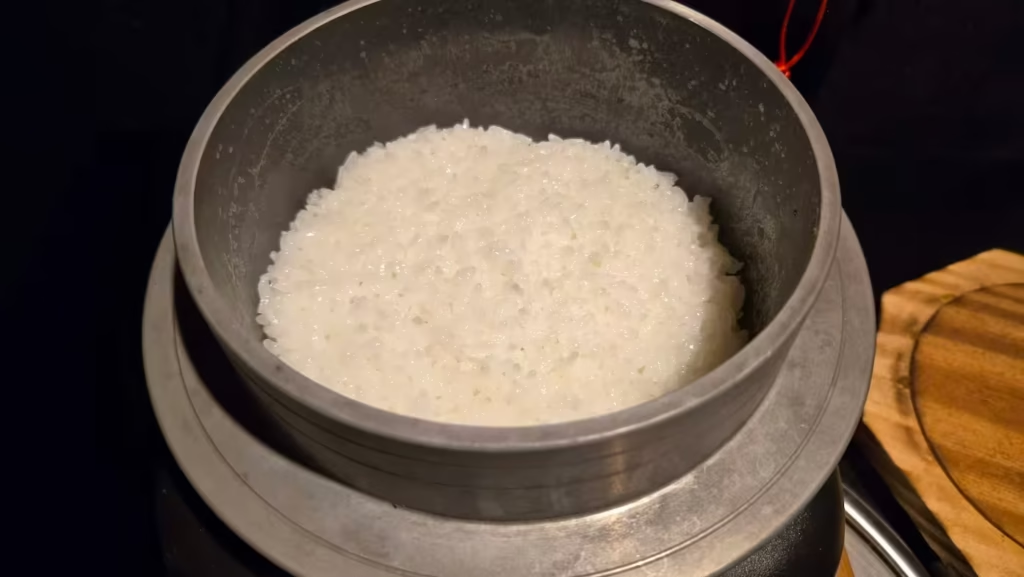
The defining characteristics of Yumepirika are its rich sweetness, deep flavor profile, and notable viscosity. Due to its low amylose content, the cooked rice has a glossy sheen and a distinctively soft and chewy (mochi-mochi) texture. It also retains its palatability and texture well when cooled, making it an excellent choice for bento boxes and onigiri (rice balls).
The History and Development of Yumepirika
The development of Yumepirika was a strategic effort to overturn the once-underwhelming reputation of Hokkaido rice. Led by the Hokkaido Kamikawa Agricultural Experiment Station, the project spanned approximately a decade. The primary goal was to create a cultivar that could surpass “Koshihikari,” the dominant variety at the time. The process involved a meticulous selection from around 150,000 individual plants to identify traits that combined superior eating quality with tolerance to Hokkaido’s cold climate.
Yumepirika was developed by crossbreeding “Hoshitaro,” a disease-resistant variety with good flavor, as the maternal line, and “Jouiku No. 453,” a high-yield and palatable variety, as the paternal line. After overcoming numerous agricultural challenges, this new rice, carrying the dreams of Hokkaido, was officially registered as “Yumepirika” in 2009.
Where is the Best Yumepirika Grown?
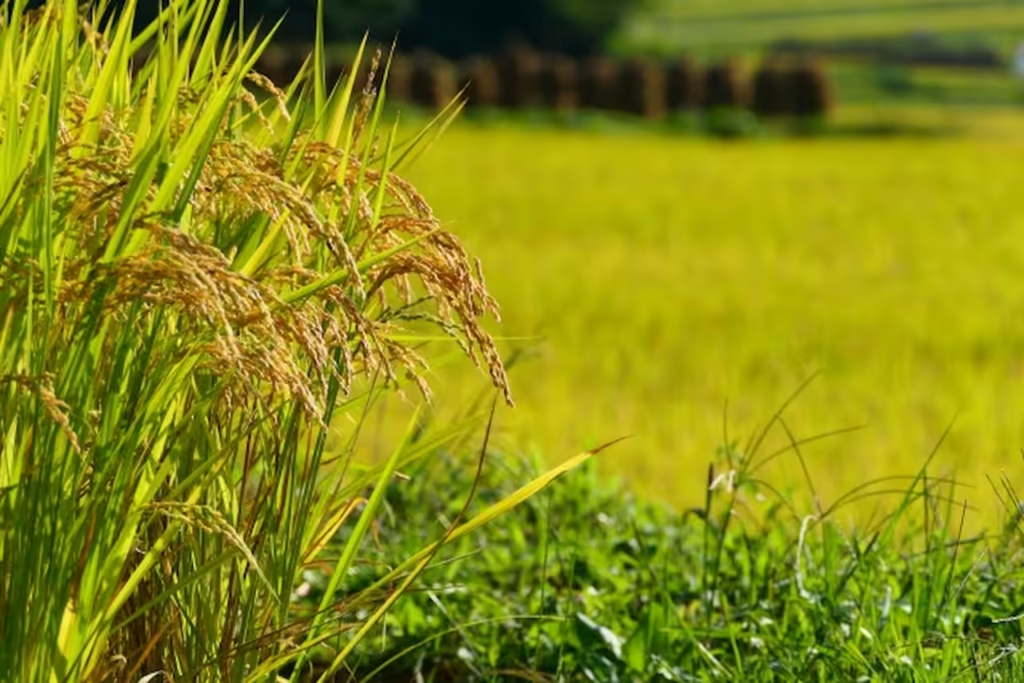
While farmers cultivate Yumepirika rice throughout Hokkaido, the Hokkaido Rice Brand Promotion Council protects its brand integrity through strict quality standards. This organization, composed of producers and agricultural cooperatives (JA), establishes these standards. Only rice that meets specific criteria, including a set protein content threshold, can use the “Yumepirika” name for marketing.
Due to these uniform standards, any Yumepirika produced within Hokkaido is guaranteed to be of high quality. The Ishikari, Sorachi, and Kamikawa subprefectures are among the primary growing regions.
Frequently Asked Questions (FAQ) about Yumepirika
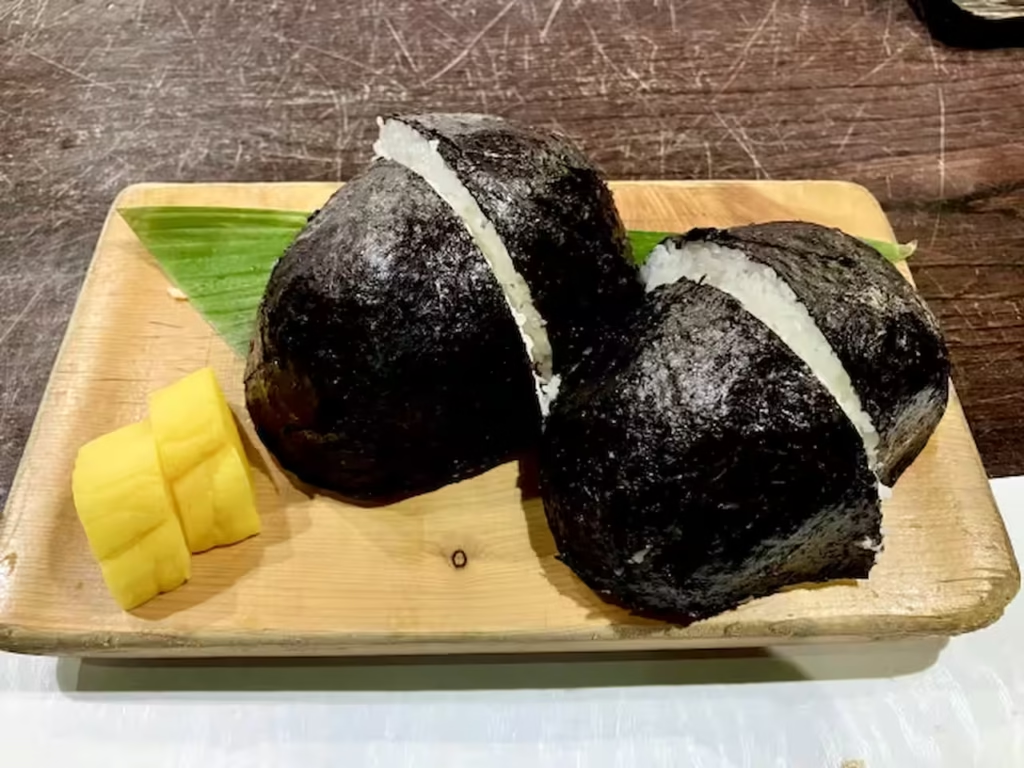
- What are the differences between Yumepirika and Koshihikari?
The main distinctions lie in their texture and sweetness profile. Yumepirika rice features strong stickiness and a rich sweetness that deepens with every bite. Koshihikari, on the other hand, offers an excellent balance of stickiness, aroma, and umami, making it pair versatilely with a wide range of dishes. While both are premier Japanese rice varieties, we recommend Yumepirika for those who prefer a more pronounced flavor and a chewier texture.
- What is the best way to cook Yumepirika?
Yumepirika has excellent water absorption properties. For optimal results, use the standard water level indicated on your rice cooker, or slightly less, to enhance the rice’s natural texture. Rinse the rice gently without applying excessive pressure. Allow the rice to soak for at least 30 minutes in the summer and 60 minutes in the winter before cooking. This will ensure it cooks evenly and results in a fluffy texture.
- What dishes pair well with Yumepirika?
Given its rich and distinct flavor, Yumepirika works best in simple preparations that allow the rice to be the main feature, such as shio-musubi (salted rice balls) or tamago kake gohan (raw egg on rice). For pairings, it complements traditional Japanese cuisine (*washoku*) that highlights the natural flavors of ingredients, like grilled fish, sashimi, and simmered dishes. Its robust character also holds up well against rich, flavorful meat dishes.
Recommended Restaurants Serving Yumepirika
Gohan-ya Isshin Daikanyama
This traditional Japanese restaurant specializes in Yumepirika cooked to perfection in a classic hagama (iron pot). Their lunch sets, which famously offer complimentary refills of this exquisite rice, are incredibly popular. In the evening, guests can enjoy a selection of artisanal dishes and sake, culminating in a serving of freshly cooked rice as the perfect finishing dish. For those seeking to experience yumepirikarice at its absolute best—glossy, fragrant, and sweet—this is an essential destination.
Conclusion
Yumepirika rice is the culmination of Hokkaido’s advanced agricultural technology and the unwavering dedication of its farmers. Its rich sweetness and soft, chewy texture offer a memorable gastronomic experience. Stringent quality standards protect Yumepirika’s superior taste. This rice will enrich any dining table where rice stars. You can prepare it at home or enjoy it at restaurants. We encourage you to savor Hokkaido’s world-class celebrated rice.
Check it out to learn more about Japanese rice and rice-based foods.

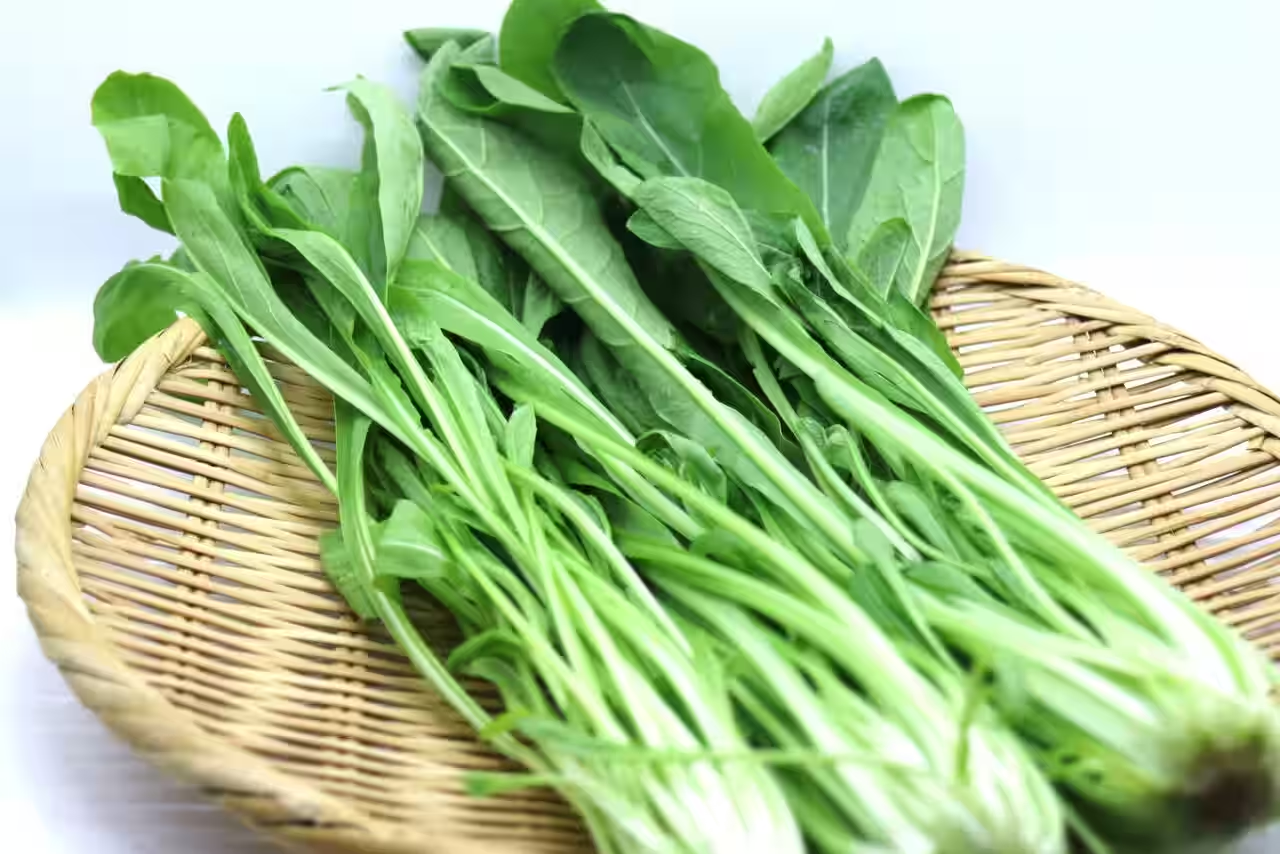
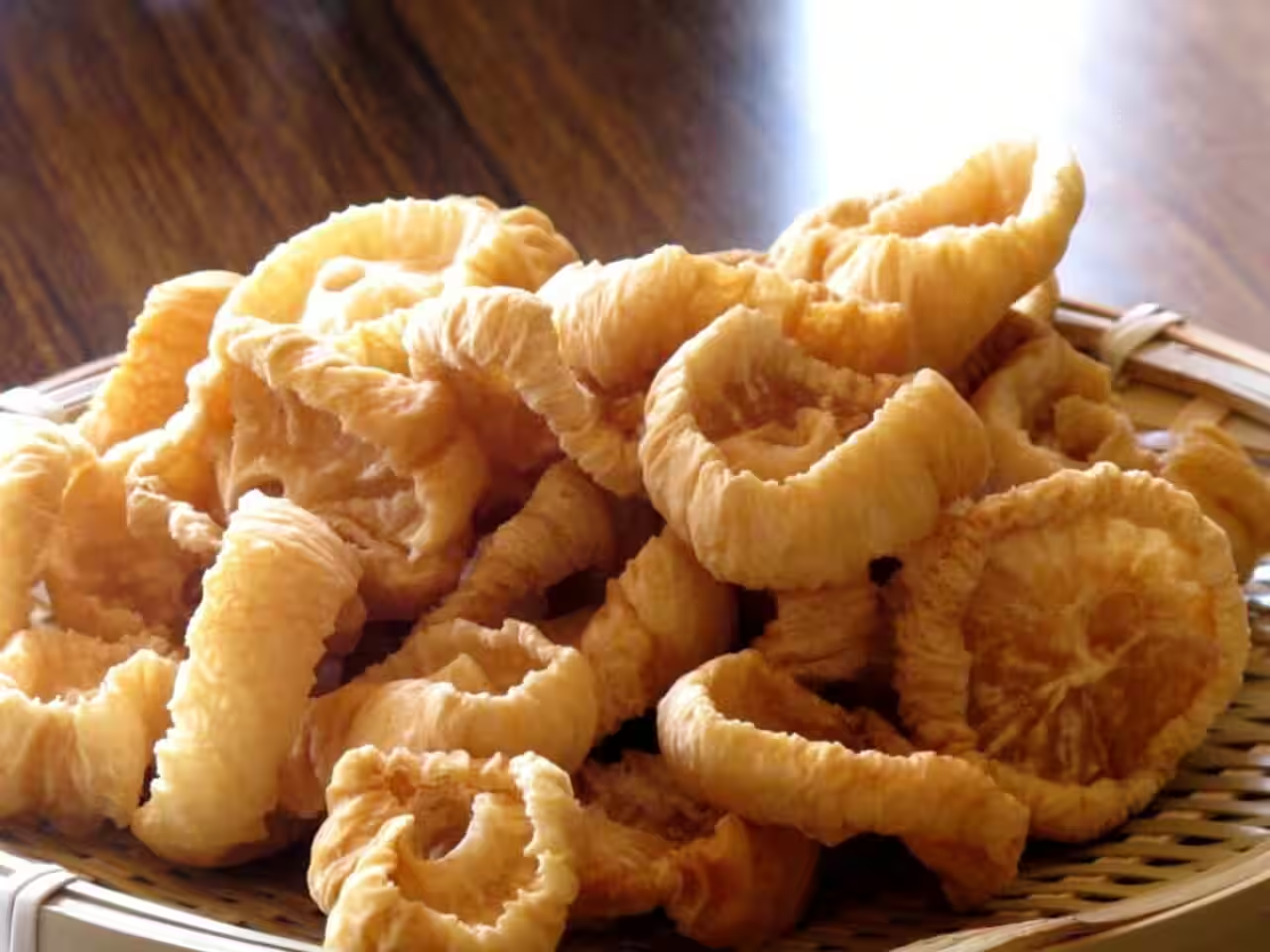
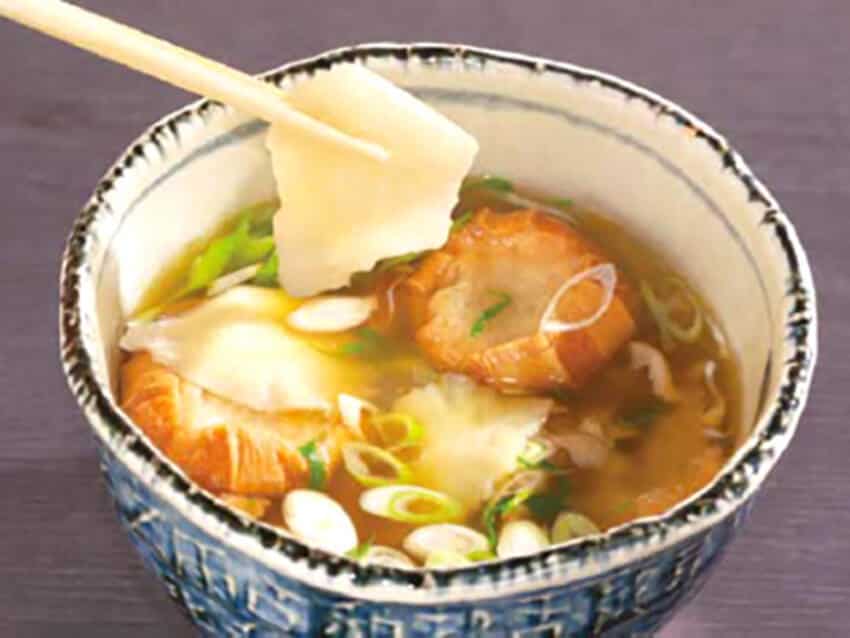


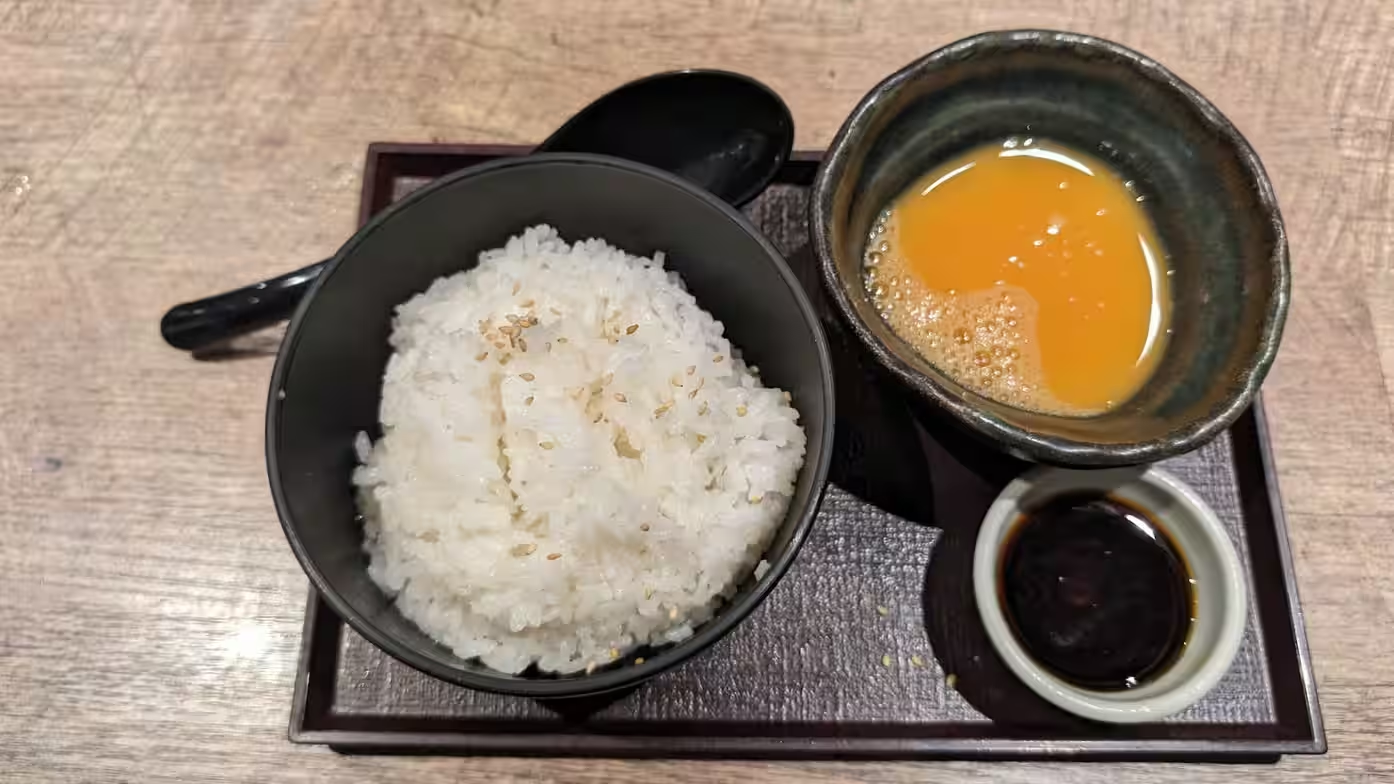
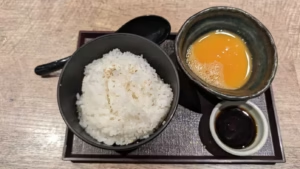
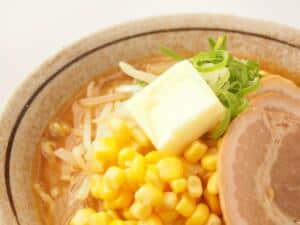

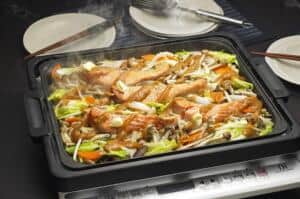
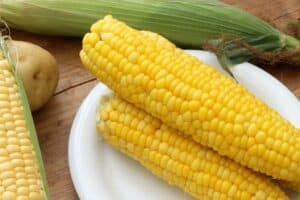
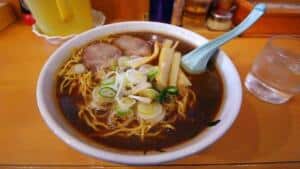
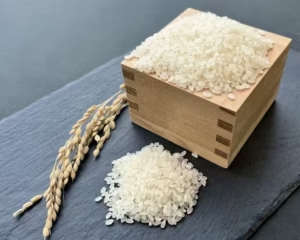
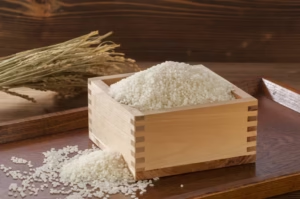
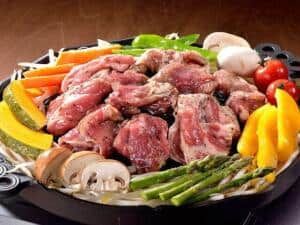
Comments